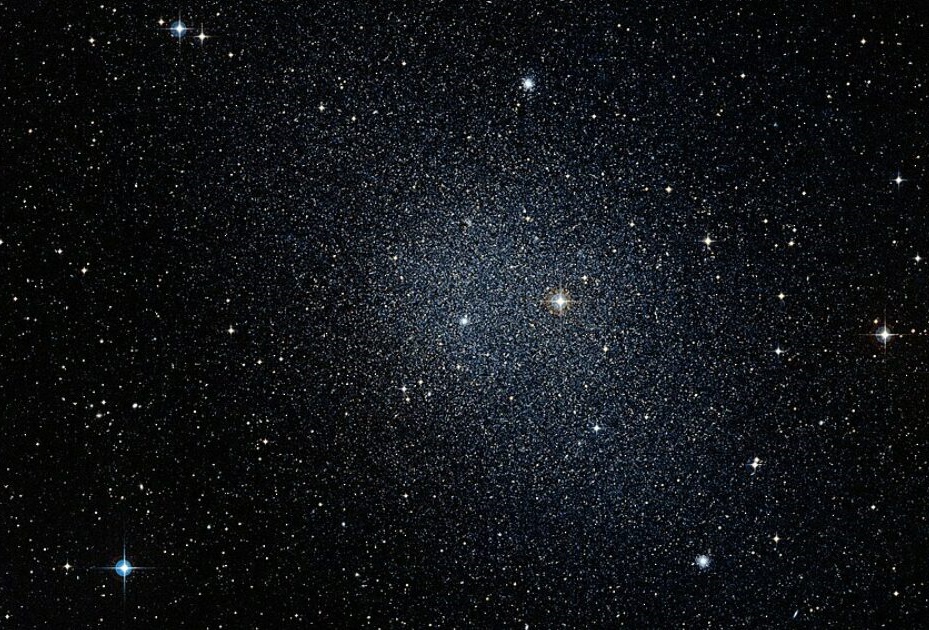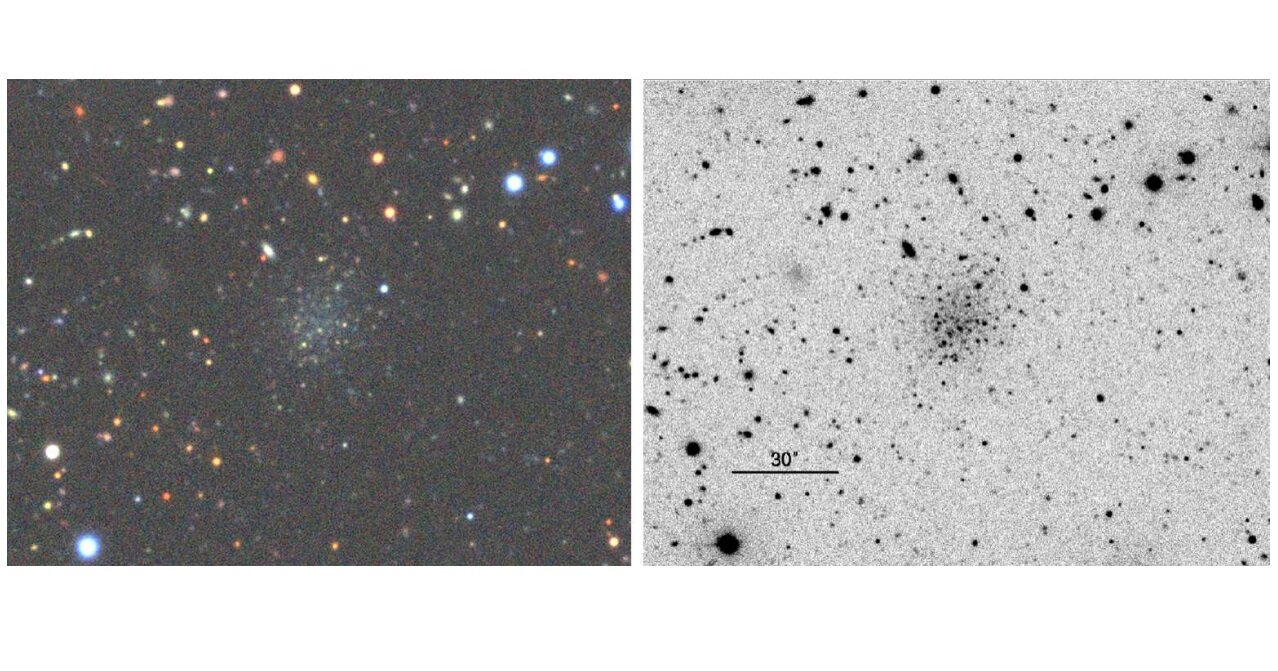Astronomers have discovered a very faint galaxy called Tucana B. It is 4.5 million light-years away from us. Scientists believe that it can show us what star systems looked like at the beginning of the Universe.

Dwarf galaxy Tucana B
Astronomers from the University of Arizona have discovered an extremely faint galaxy called Tucana B. It is a member of our Local Group. The absolute magnitude of the object is -6.9. Based on this, it was concluded that it is 1.6 million light-years further away from us than its neighbor, the dwarf star system Tucana.
In order to make the discovery, scientists used one of the latest releases of the Dark Energy Spectroscopic Instrument data. This tool is designed to search for very faint sources of radiation, and it was not easy to look for such a tiny neighbor among thousands of very faint stars of our Galaxy.
Tucana B has a diameter of only 260 light years and is 4.5 million light years away from us. Studies show that there are almost no star formation processes in this tiny galaxy, and it is very much closed from us by dark matter.

Witness from the past
The new ultra-faint dwarf galaxy is not something unique. Scientists already know a lot of objects like Tucana B, and are very interested in them. The new star system is simply closer to us, and therefore we can hope for its detailed study.
The absence of star formation is also quite common for such objects. Scientists associate it with an excess of dark matter nearby. But the specific mechanism remains unknown. The most likely reason for this state of affairs is the reionization of molecular clouds in the galaxy. That is, the gas, which under other conditions should be the building material for new suns, is in a state of charged plasma.
It should be noted that the old stars in Tucana B are still burning. And they are of most interest to researchers. Due to the cessation of star formation, chemical evolution stopped here millions of years ago. That is, this dwarf galaxy is a piece of the Universe as it was billions of years ago.
According to Рhys.org
Follow us on Twitter to get the most interesting space news in time
https://twitter.com/ust_magazine

